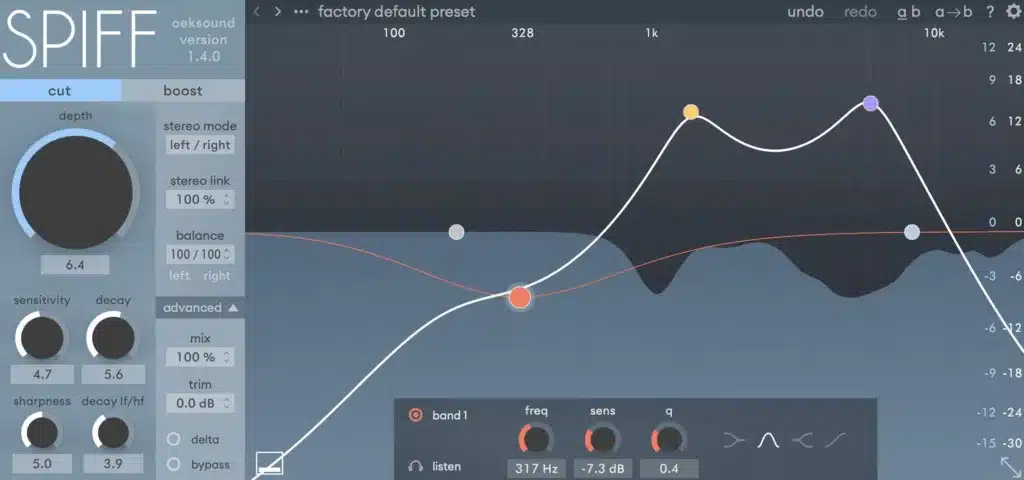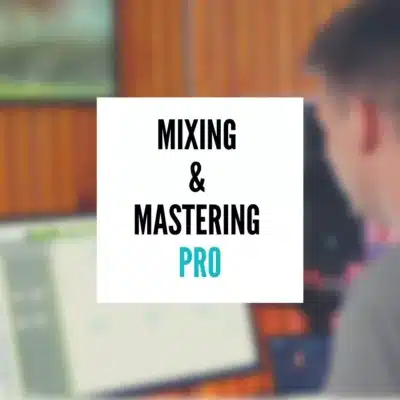The Power of Transient Designers in Audio Production
I’ve spent a good chunk of my life mixing and mastering, and I’ve got a bit of a soft spot for transient designers. They’re kind of like the unsung heroes of the audio world. I’ve been around the block with these tools and picked up a few handy tricks along the way. So, I thought, why not share some of that with you? Whether you’re just starting out or you’ve been at this for a while, I hope you’ll find something useful here. Let’s get into it.
Understanding Transient Designers: The Game-Changers in Dynamics
Transient designers, often referred to as transient shapers, are indispensable tools in modern audio production. Unlike traditional compressors, which affect a sound’s overall level and envelope, transient designers specifically target the attack and sustain phases. This precision allows for nuanced control over the dynamics of a sound, making them a go-to tool for adding punch, clarity, and presence to various elements in a mix.
The Mechanics Behind Transient Designers
At their core, transient designers manipulate the initial hit (attack) and the subsequent decay (sustain) of a sound. This is achieved through sophisticated algorithms that detect and modify these elements without altering the sound’s overall volume. It’s a bit like a surgical tool in your audio toolkit, allowing you to shape the dynamics of individual elements with precision.

Oxford Envolution is one of my favorite Transient Designers
Why Transient Designers Stand Out
- Focused Control: They offer targeted control over specific parts of a sound’s envelope.
- Time Efficiency: Quick and intuitive adjustments save valuable mixing time.
- Consistency Across Dynamics: They affect both quiet and loud hits equally, ensuring a consistent effect on all transients.
When to Reach for a Transient Designer
As a professional in the field, I’ve found several scenarios where transient designers are particularly effective:
- Enhancing Percussive Elements: They excel at sharpening the attack of drums and percussive instruments, adding that much-needed punch and clarity.
- Controlling Sustain: Whether it’s tightening up a bass line or reducing the ring of a snare, transient designers offer precise control over the sustain phase.
- Quick Fixes: When time is of the essence, and you need to make a significant impact with minimal fuss, transient designers are your best friend.
Case Study: The Snare Drum Transformation
Let me share a personal experience. I was working on a rock mix where the snare drum lacked punch. Traditionally, I would reach for a compressor, but this time, I tried a transient designer. With just a slight increase in attack and a reduction in sustain, the snare was transformed – it cut through the mix with a crisp, assertive presence. This quick fix not only saved time but also provided a more focused and effective solution than my usual compression routine.
When Not to Use Transient Designers
Despite their versatility, there are situations where transient designers might not be the ideal choice:
- Overall Dynamic Range Control: If your goal is to manage the overall loudness and dynamic range of a track, a compressor is more suitable.
- Tone Shaping: Compressors can add a certain character or tone to a sound, which transient designers don’t typically offer.
- Complex Dynamic Processing: For intricate dynamic adjustments involving threshold, ratio, and other parameters, compressors offer more flexibility.
Balancing Act: Combining Transient Designers with Compressors
In my practice, I often use transient designers in tandem with compressors. This combination allows for both precise transient shaping and broader dynamic control. For instance, I might use a transient designer to add attack to a kick drum and then a compressor to even out its overall dynamic range.

Spiff is another Transient Designer that gets a ton of use.
Practical Tips for Using Transient Designers
To get the most out of transient designers, here are some practical tips:
- Start with Subtle Adjustments: Small changes can have a significant impact. Gradually increase the effect until you achieve the desired result.
- A/B Testing: Regularly bypass the effect to compare the processed and unprocessed sound.
- Use in Parallel: Try using transient designers in parallel processing. This technique involves blending the processed signal with the original, allowing for more dynamic control without completely altering the character of the sound.
- Experiment with Different Sources: While transient designers are commonly used on drums and percussive elements, don’t hesitate to try them on other sources like vocals, guitars, or even full mixes for subtle enhancements.
Real-World Example: Tightening Up a Bass Line
In one of my sessions, I had a bass track that felt too loose and muddy. By applying a transient designer, I was able to tighten up the sustain, making the bass more focused and rhythmically tight. This subtle adjustment made a world of difference in the overall groove of the track.
Conclusion: The Versatile Tool in Your Audio Arsenal
Transient designers are a powerful asset in any audio engineer’s toolkit. Whether you’re looking to add punch, clarity, or control to your sounds, these tools offer a level of precision that traditional compressors can’t match. Remember, the key is to use them judiciously and always keep the end goal of your mix in mind.
As you explore the world of transient designers, I encourage you to experiment, trust your ears, and find the balance that works best for your music. Happy mixing!






